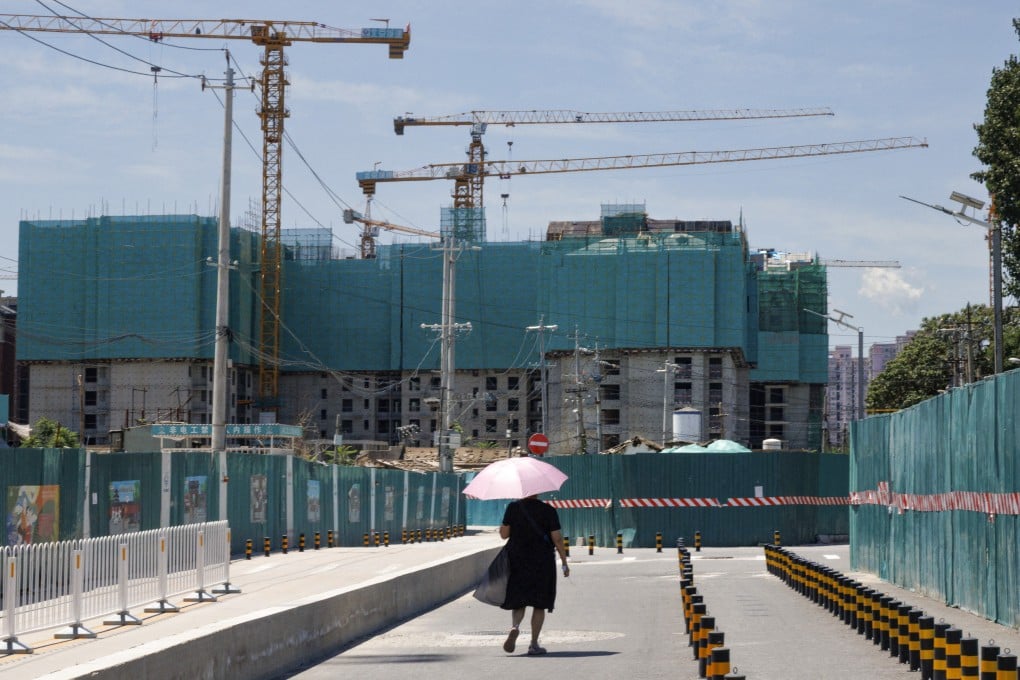Opinion | How China’s hubris led to a double debt crisis, despite the benefits of forging its own path
- Despite resisting the neoliberal prescriptions of international financial institutions, China’s financial system is now showing signs of stress and fragility
- The country’s situation has parallels with the US subprime mortgage crisis and European sovereign debt, while also highlighting the dangers of hubris and over-confidence

In his 2015 memoir, Dealing with China, the former US Treasury Secretary Hank Paulson recalled an admonition from China’s Vice-President Wang Qishan during the global financial crisis: “You were my teacher, but look at your financial system, Hank. We aren’t sure we should be learning from you any more.”
But China’s financial system is now showing signs of stress and fragility. The country is currently grappling with a double debt crisis that threatens to set back its efforts to become a high-income economy by the end of the decade.
This slowdown has now metastasised into a mortgage crisis as mortgage boycotts spread to over 300 projects in nearly a hundred Chinese cities. What remains unclear is whether (and how) this mortgage crisis would imperil the health of China’s banks and undermine their ability to lend in an economy that has slowed dramatically under the strain of zero-Covid.
China’s double debt crisis not only has striking parallels with the US subprime mortgage crisis and the European sovereign debt crisis more than a decade ago, but also highlights the dangers of hubris and the delusion that China is exceptional in its ability to avoid financial crises.


